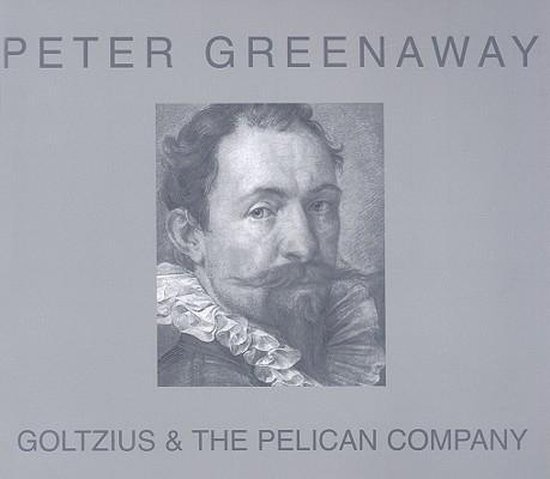
Goltzius & the Pelican Company
It is a curiosity that every new visual technology in its infancy seems to gravitate towards erotica and pornography - oil painting on canvas in the 1520s, photography in the 1850s, cinema in the 1900s, the Internet in the 1980s and Second Life in the 2000s. Is it a flagrant demand for attention, a cynical attempt to attract funding, or a real curiosity to see what the greatest attention-puller of all time - sex - will look like in a new visual language?
This same-characteristic could be said to apply to the newly enhanced technology of the visual imagination of the 1590s - the printed metal-engraving. And perhaps its major practitioner at that time was Hendrik Goltzius, master-printer with a damaged right-hand, whose mastery of the burin was unrivalled across Europe. It helped of course that the current fashion in visual imagery was the mannerist enthuiasm for the nude in every conceivable position, contortion and exhibitionist display that could be imagined.
As with all new technologies, the new and often experimental equipment involved was expensive, and the makers had to be persuade, coerce, beg, plead, bribe and fight to find the funding to support it.
Goltzius & the Pelican Company is the story of the Dutch engraver Hendrik Goltzius persuading one of the petty German princelings of Europe to pay for an expensive printing press to make a limited deluxe edition of a boldly illustrated Old Testament. And like a good advertising executive hoping to clinch a deal Goltzius is prepared to sweeten his offer by getting his Pelican Printing Company from The Hague to fulsomely dramatise six erotic biblical tales that demonstrate the six sexual taboos - voyeurism, incest, adultery, pederasty, prostitution and necrophilia. They start with the very first copulation tutored by Saton on Adam and Eve, and continue with the story of Lot and his daughters, the adultery of David and Bathsheba, the seduction of the under-aged Joseph by Potiphar's Wife, the demonisation and disloyaty of Delilah and the humiliation of Samson, finally skipping to the New Testament, to finish with the necrophilic tale of of Salome and John the Baptist.
Since it is 1590 and Europe is about to plunge into savage and bitter religious wars, tensions are high in the German court striving for liberty of thought, but there is another more insistent and constant perpetual war that never ends, has few truces, no peace conferences and persistent aggression, and this is the never-to-be resolved battle of religion and sex.
This same-characteristic could be said to apply to the newly enhanced technology of the visual imagination of the 1590s - the printed metal-engraving. And perhaps its major practitioner at that time was Hendrik Goltzius, master-printer with a damaged right-hand, whose mastery of the burin was unrivalled across Europe. It helped of course that the current fashion in visual imagery was the mannerist enthuiasm for the nude in every conceivable position, contortion and exhibitionist display that could be imagined.
As with all new technologies, the new and often experimental equipment involved was expensive, and the makers had to be persuade, coerce, beg, plead, bribe and fight to find the funding to support it.
Goltzius & the Pelican Company is the story of the Dutch engraver Hendrik Goltzius persuading one of the petty German princelings of Europe to pay for an expensive printing press to make a limited deluxe edition of a boldly illustrated Old Testament. And like a good advertising executive hoping to clinch a deal Goltzius is prepared to sweeten his offer by getting his Pelican Printing Company from The Hague to fulsomely dramatise six erotic biblical tales that demonstrate the six sexual taboos - voyeurism, incest, adultery, pederasty, prostitution and necrophilia. They start with the very first copulation tutored by Saton on Adam and Eve, and continue with the story of Lot and his daughters, the adultery of David and Bathsheba, the seduction of the under-aged Joseph by Potiphar's Wife, the demonisation and disloyaty of Delilah and the humiliation of Samson, finally skipping to the New Testament, to finish with the necrophilic tale of of Salome and John the Baptist.
Since it is 1590 and Europe is about to plunge into savage and bitter religious wars, tensions are high in the German court striving for liberty of thought, but there is another more insistent and constant perpetual war that never ends, has few truces, no peace conferences and persistent aggression, and this is the never-to-be resolved battle of religion and sex.
| Auteur | | Peter Greenaway |
| Taal | | Engels |
| Type | | Paperback |
| Categorie | | Kunst & Fotografie |


